Flags of our fathers and children
It’s no coincidence that our flag saw its birth with the very same document as our Declaration of Independence.
On June 12, 1898, that Declaration was read out loud for the very first time in Kawit, Cavite and so was a description of the Filipino flag.
It told of a white triangle “to symbolize the Katipunan that by means of a blood pact inspired the people to revolution”; and of the three stars “representing the main islands of this archipelago, Luzon, Mindanao (and in the document), Panay where the Revolution spread”; and the eight rays of the sun symbolizing the eight provinces, Manila, Cavite, Bulacan, Pampanga, Nueva Ecija, Bataan, Laguna, and Batangas, “who declared a state of war as soon as the Revolution began.”
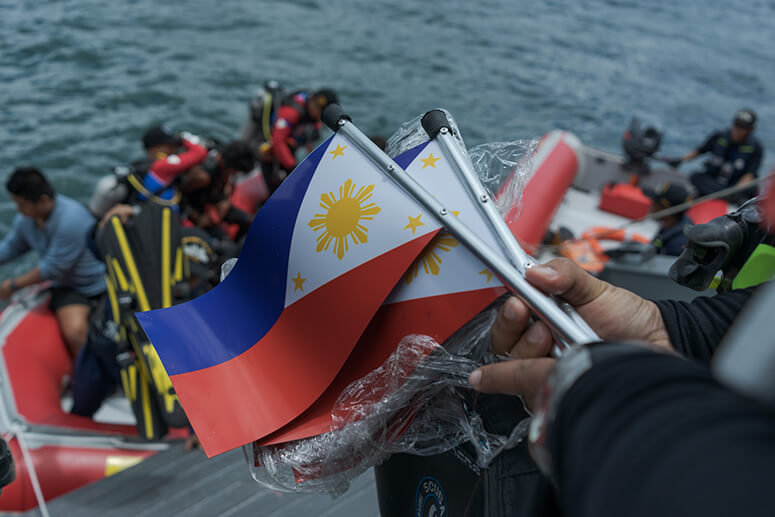
The founding fathers also intoned that “the colors blue, red, and white, those of the flag of the United States of America” would be adopted “as a manifestation of our deep gratitude to this Great Nation for the disinterested protection it renders and will continue to render to us.” (Then as now, as we see in today’s headlines, there was more than a little flattery in the air and jockeying for position.)
The Declaration of Independence quickly resumed its noble intent and swore that “wielding the same flag, we thus present it to the assembled gentlemen, who solemnly swore to recognize and defend it to the last drop of our blood.”
Two stories illuminate the power and beauty of the Philippine flag in these travels by photographer Paul Quiambao, who traveled to the farthest point of our country to help honor it.
They are both tales of enduring patriotism. (He also incidentally traveled to the West Philippine Sea to plant the flag on a contentious shoal in one famous photograph.)
He writes: “In 2016, my two intrepid friends and I embarked on a Philippine Roadtrip journey from Batanes to Tawi-Tawi. Partnering with an NGO, our mission was to travel across the country in a Volkswagen Kombi, distributing solar lights to remote communities along the way.”
Their mission instantly turned more exciting, as he remembers, “When our itinerary reached the Batanes province, we traveled to Itbayat island, the country's northernmost inhabited island.”

“There, we stumbled upon an ongoing activity by the Armed Forces of the Philippines (AFP). They were preparing to raise the Philippine flag on Mavulis Island, the farthest isle of our archipelago.”
“This activity aims to assert sovereignty and deter illegal foreign poachers in the Ivatan fishing grounds.”
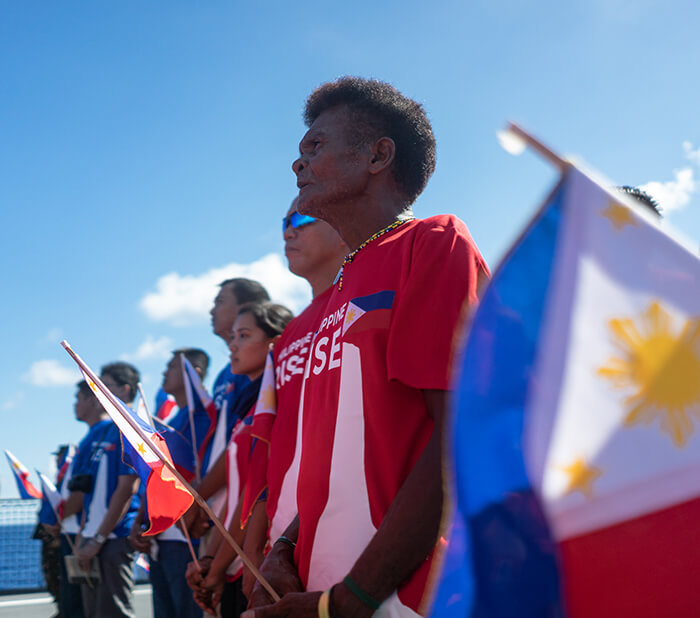
“Eager to witness and document this significant event,” he writes, “we asked the AFP if we could join the mission. They agreed to include us in the passenger manifest for the military naval vessel bound for Mavulis. However, they warned us that we might not be able to disembark due to the limited capacity of their rubber boats.”
“Our road trip trio was determined not to miss the opportunity. We quickly devised an alternative plan and chartered a small boat to set sail ahead of the military crew.”
“The next day at 3 a.m., we departed from Pangganaman Port. The waves of the Pacific Ocean rocked our tiny vessel from side to side as we gazed at the towering cliffs of Itbayat, glowing in the soft light of the stars and moon.”
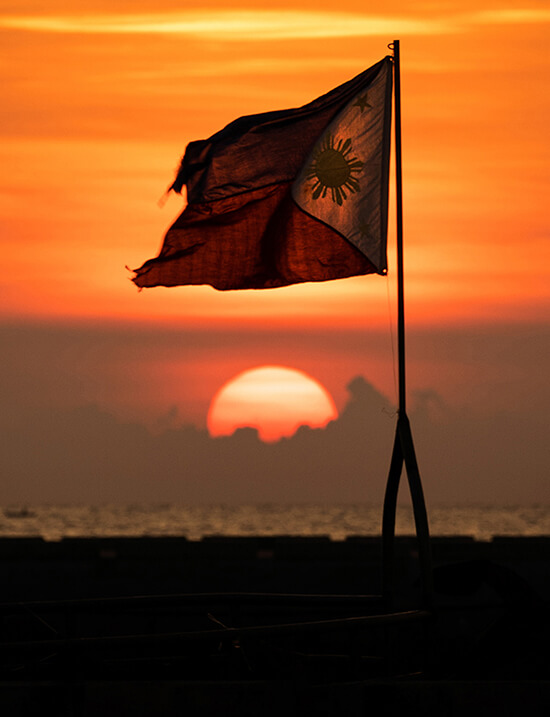
“The journey took about five to six hours. Upon reaching Mavulis, we hiked from the rugged coastline up to the summit ridge, where the flagpole awaited the historic ceremony. About an hour later, the AFP arrived, accompanied by a limited group of civilians and Ivatan fishermen who also made their way to the ridge to take part in the event.”
“At exactly 12 noon on April 30—when the sun was at its brightest—we raised the Philippine flag with pride. There, on the edge of the map, we asserted our nation’s presence and territorial rights.”
“As the flag unfurled against the breathtaking panorama of Mavulis Island, the moment became all the more profound.”
“To sing the national anthem on that remote frontier and witness the flag flutter in the northernmost tip of the country was to be part of something truly historic.”
Paul’s travels with the Flag would take another route, this time to Benham Rise, (also known as the Luzon Plateau off the coast of Isabela.) Here is his account of the trip to Benham:
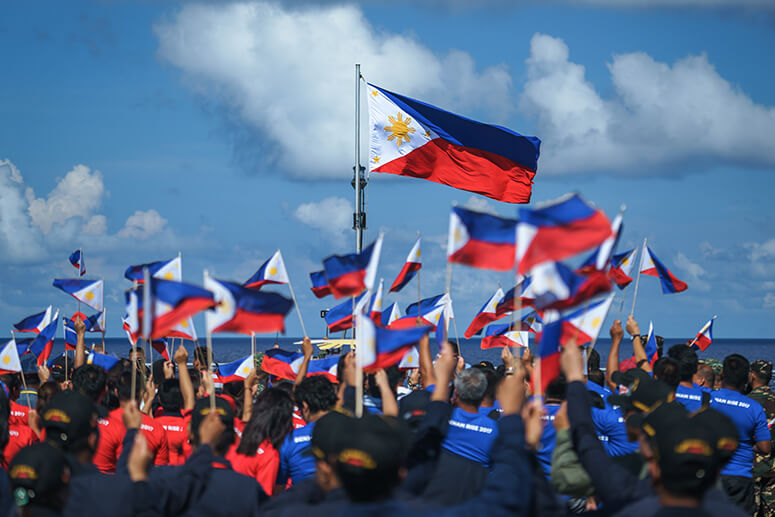
“The AFP Colonel I had asked permission to join the flag-raising ceremony on Mavulis Island in 2016 reached out to invite me to document another significant event.”
“The Northern Luzon Command (NOLCOM) of the Armed Forces of the Philippines was preparing a unique and meaningful commemoration of the Independence day. This time, the Philippine flag would not be raised in the air but would instead be planted beneath the waters of Benham Rise—a resource-rich underwater plateau that forms part of the Philippines’ extended continental shelf.”
“On June 10, 2017, we set sail from Manila Harbor aboard BRP Davao del Sur (LD-602), a landing platform dock of the Philippine Navy. Our destination: the uncharted waters of Benham Rise.”
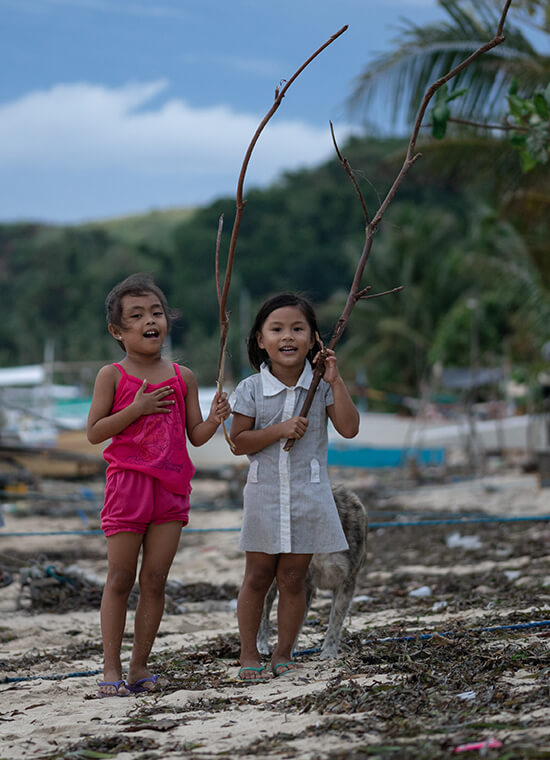
“The military vessel crossed from the country's west to east coast in over 24 hours. The next day, we arrived in Casiguran, Aurora, where we picked up Aeta fishermen and civilians who would take part in the event. Shortly afterward, we continued our voyage eastward.”
“Inside the ship, the AFP and Philippine Navy conducted a safety orientation in the mess hall, where the itinerary and flow of events for the Independence Day at sea were discussed.”
“Much anticipation surrounded the divers chosen to plant the flag. These individuals had undergone weeks of intensive underwater training and carried with them the tremendous responsibility of representing national pride beneath the ocean.”
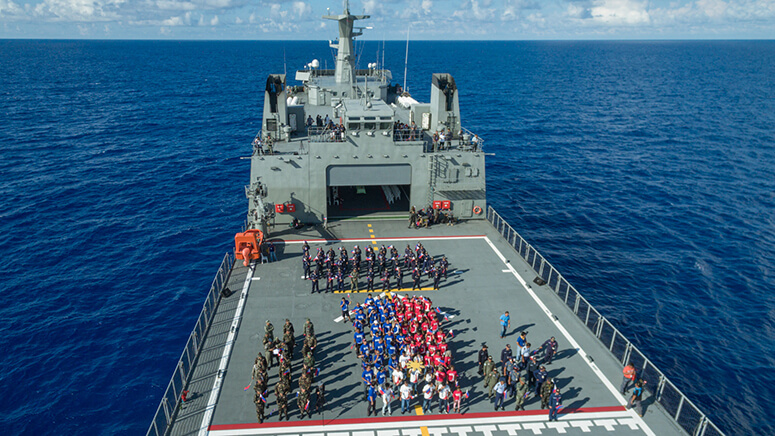
“The flag itself, specially constructed upon the request of the Bureau of Fisheries and Aquatic Resources (BFAR), was made of fiberglass and measured 8 feet by 8 feet.”
“The day of independence has finally arrived. The first order of the day was for 51 civilian technical and military divers to board speedboats and head to predetermined coordinates marking the shallowest portion of the Benham Rise seabed.”
“From the deck of BRP Davao del Sur, a short program commenced. Momentarily, we sang the national anthem as the divers plunged into the depths in an act of bravery and patriotism. On deck, civilians formed a Philippine flag using color-coded shirts, while military personnel waved flaglets in unison.”
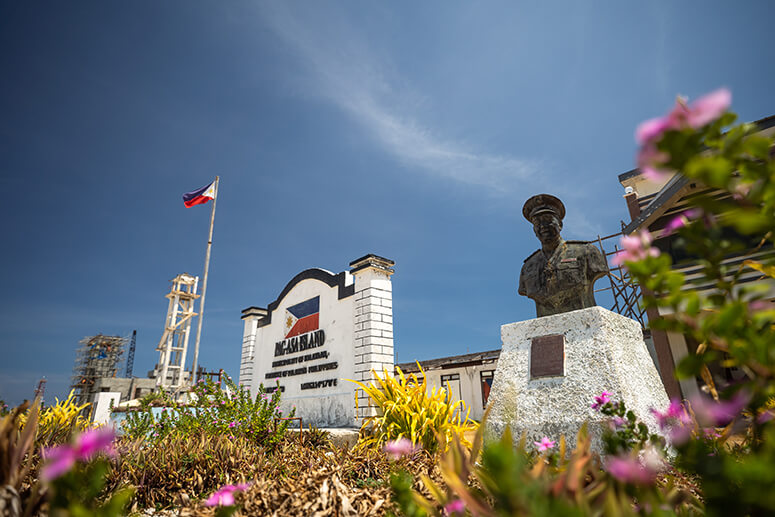
“Beneath the surface, the divers set out to plant the Philippine flag at a depth of 57 meters below sea level. The dive required 19 minutes of descent and an equal time to ascend—a race against time in a high-risk environment. As we waited, we could not help but silently pray for their safety. Each moment that passed intensified the weight of the mission.”
“It was only a few months earlier, in March 2017, that the Philippine government had raised concerns about the presence of Chinese vessels allegedly conducting unauthorized surveys in Benham Rise, a territory over which the Philippines asserts sovereign rights under the United Nations Convention on the Law of the Sea.”
“When all the divers finally resurfaced safely and caught sight of the sky, a wave of emotion swept over us. We felt immense pride in witnessing this historic event.”
“The symbolic act of planting the flag underwater affirmed the Philippines' sovereignty—not just on land, but also beneath the waters of our national territory. It was a moment that honored the courage of our people and the enduring spirit of our nation.”



